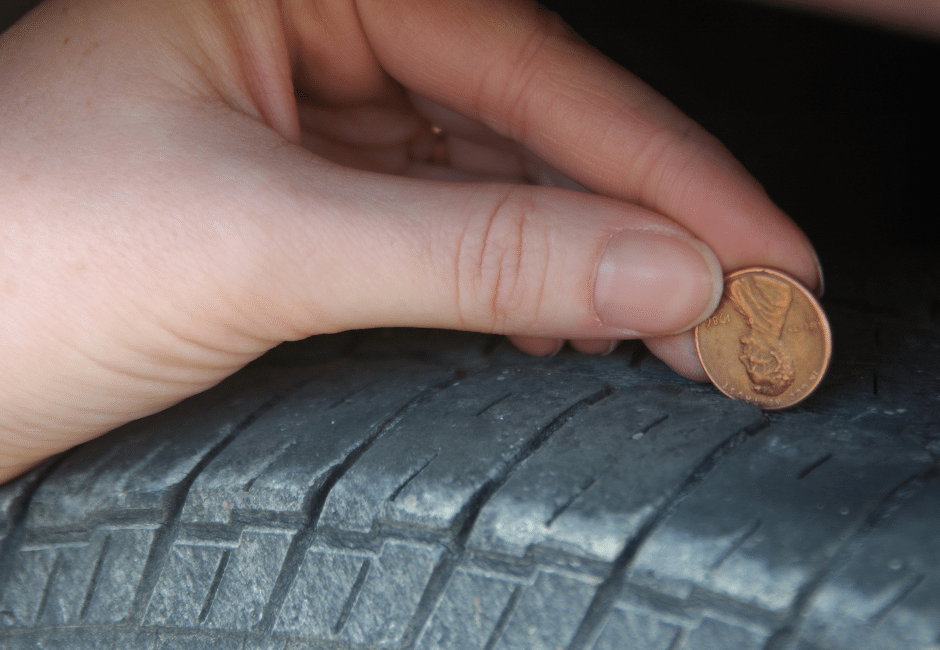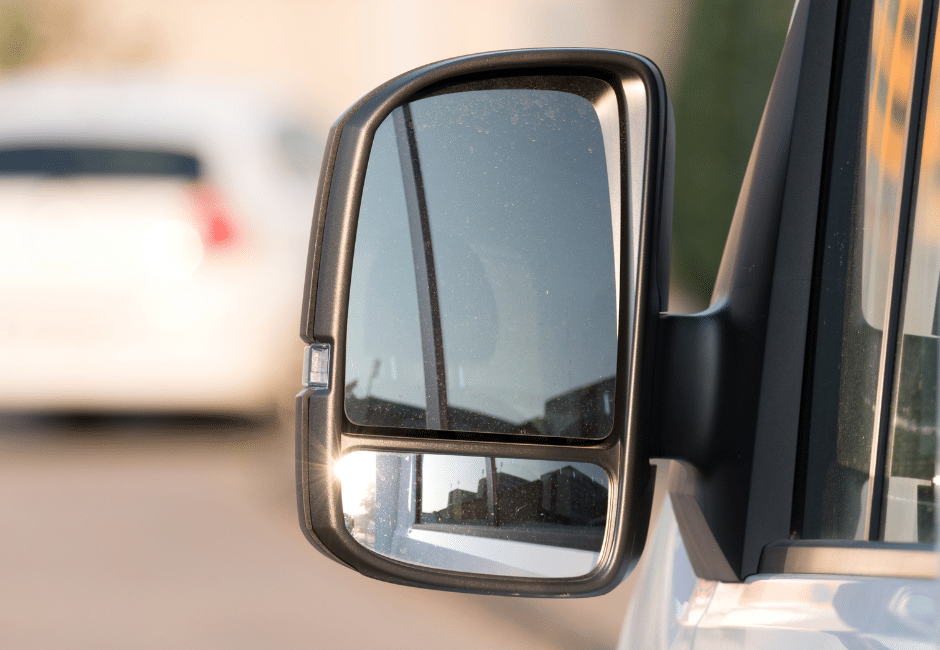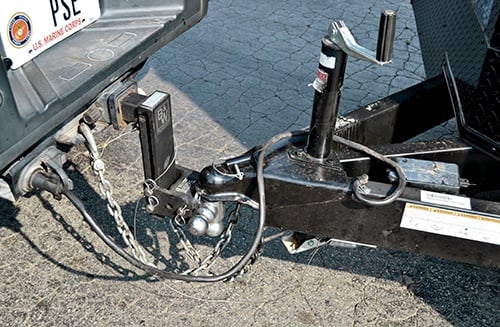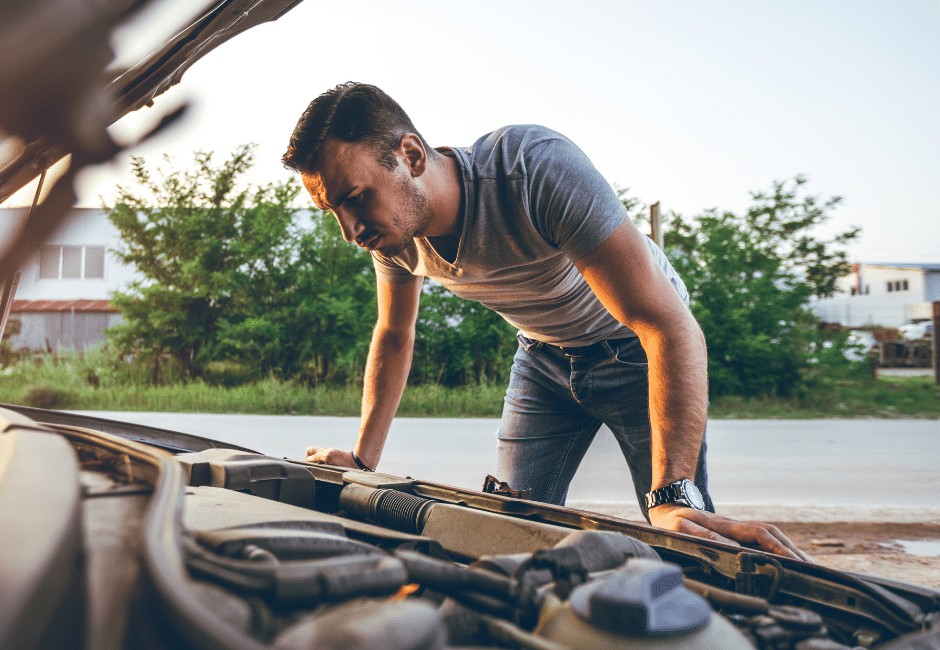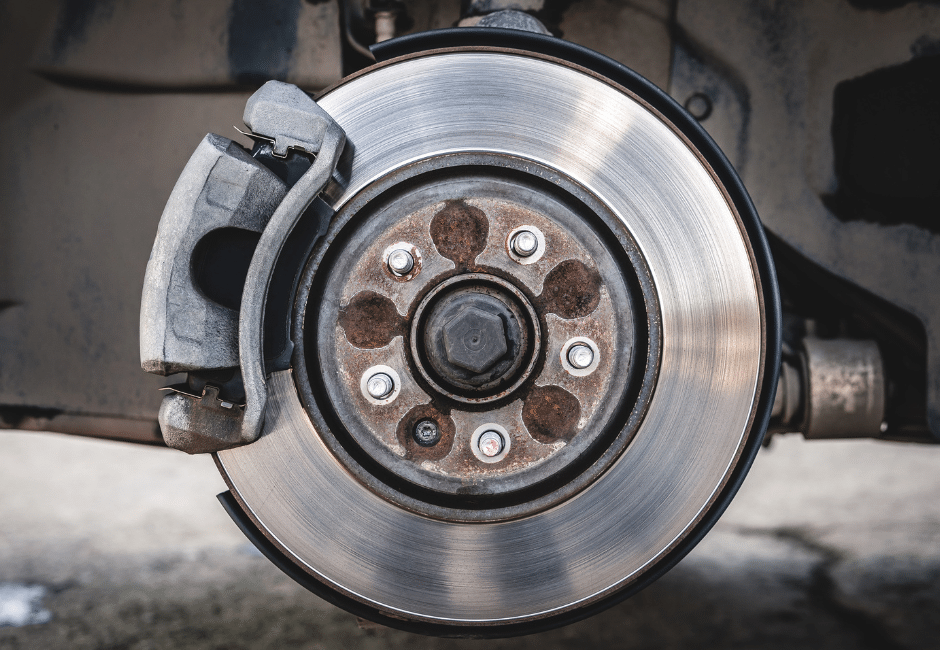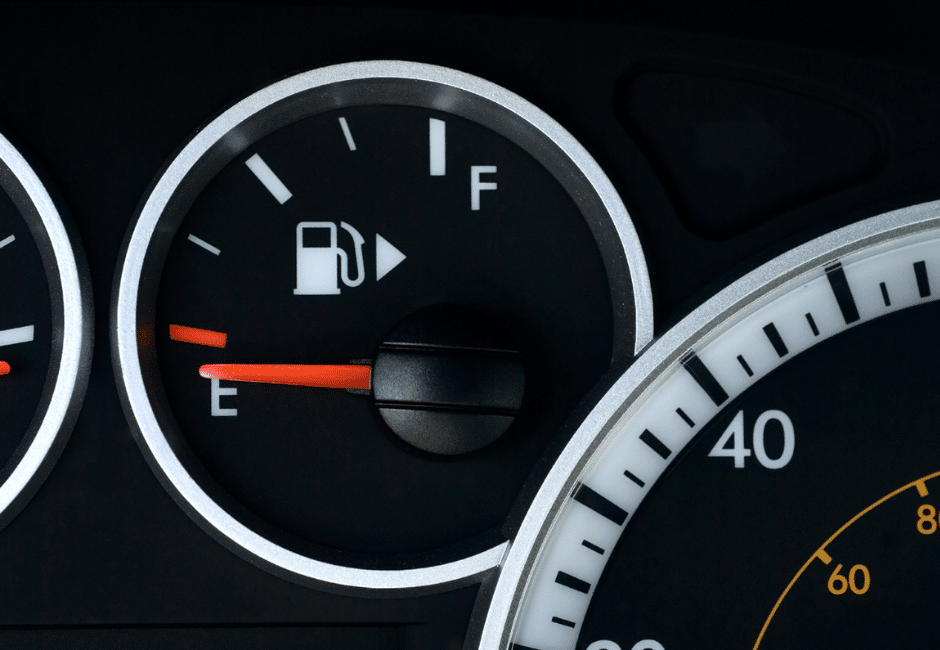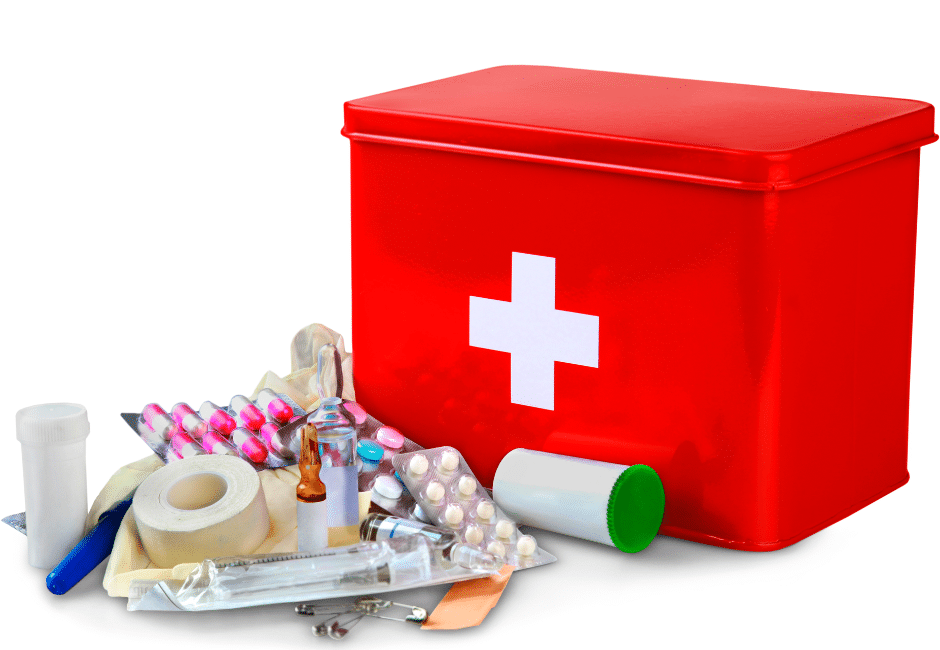Trailering Safety: 8 Pre-Trip Tow Vehicle Checks
A reliable and safe horse trailer is a big component in the equation of trailering safety. Towing a several thousand pound horse trailer filled with your precious equines is no easy task. However, it’s not just the horse trailer that needs to be checked before you hit the road.
Be honest…is your tow vehicle up to the challenge? We’ve compiled this checklist to help you run through some trailering safety essentials that will make sure you are ready to hitch up and hit the road.
#1: Lights
Check your lights so that you can see and be seen.
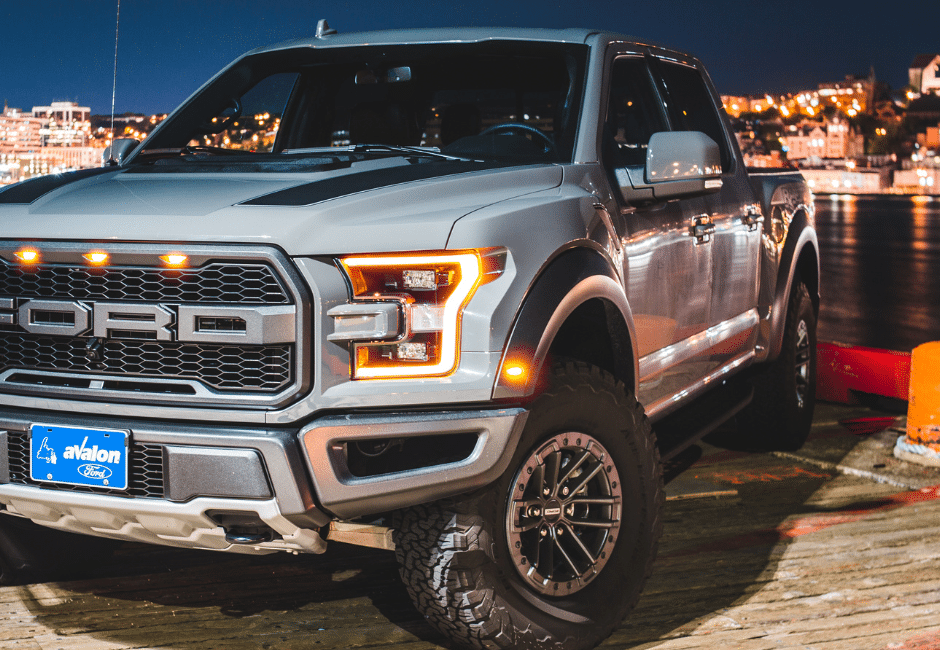
This may seem like a no-brainer when it comes to trailering safety, but you’ll be kicking yourself if you’re driving at night and your lights aren’t working properly. Good lights on your truck and trailer will help you navigate the roads and ensure that other drivers know exactly when you’re stopping and where you’re turning.
Check your truck’s lights by switching on the front lights, high beams, brakes and signals. Then, check to make sure that all of the lights on the trailer are also working properly. This will help prevent following cars from rear ending your trailer in the case of a sudden braking event. If the lights on your trailer are not working as they should, you will either need to replace an LED, bulb, or check your wiring harness connection.
Check the wiring harness on older vehicles. Often the female portion on the tow vehicle becomes worn so the male plug will fall out while traveling. If this happens, road burn will damage the trailer plug. You will need to replace the harness.
#2. Tires
Check your tire treads using the penny rule.
We’ve talked before about the importance of checking your horse trailer’s tires after weeks of sitting in storage. Horse trailer tires often “age out” instead of “wearing out.” They may appear to have perfectly deep treads, but their rubber becomes brittle and weak after long exposure to the elements. Frequent checks and replacements when needed can prevent a dangerous blow-out during a trip.
It’s also important to check your tow vehicle’s tires before hitting the road. They are different than trailer tires in that they more often “wear out” and lose tread. This results in decreased traction with the road surface and weaker tire integrity. Check that your tires are properly inflated by following the guidelines in your vehicle’s user manual.
Although every state has different laws for acceptable tire tread, a good rule of thumb is the “penny rule.” To use this quick check, stick a penny into your tire tread with Lincoln’s head upside down. If you can see Lincoln’s entire head then you have less than 2/32” of tire tread and it is time to get new tires.
#3. Mirrors
Check your mirrors for good visibility of your surroundings.
“Mirror, mirror, reflective force! Can you see my trailered horse?”
Ok, maybe not the best rhyme, but you get our drift…
The mirrors on your tow vehicle are going to help you immensely when tracking the progress of your trailer’s tires as you drive. They will be especially helpful when making turns so that your trailer wheels don’t jump the curb and jostle your horses.
Adjust your mirrors so that you can see the entire length of your truck and trailer. You might consider purchasing fish-eye mirrors for even more visibility. Power adjustable mirrors would be best so you can make adjustments ‘on the go’ if needed.
#4. Tow vehicle rating
Is your tow vehicle properly rated and equipped to haul your load?
Just because you have a big beefy truck that growls when you start the engine, don’t assume you’re in the clear when it comes to trailering safety. There are many factors that go into determining whether or not your truck is safe to carry a load.
First, you need to determine the tongue weight and overall weight of your trailer. Once you have these values, find the carrying capacity of your truck and hitch set up. Compare these values to make sure that you are not overloading your truck.
Unfortunately, it is quite common for drivers to use an inadequate vehicle or hitch resulting in very unsafe driving situations. Do your research and ask an expert if you need help!
Read more: Safely Hauling a Trailer: The Ultimate Trailer Towing Guide
#5. Mechanical functions
Check your truck fluids, belts, and transmission.
If you are not mechanically inclined, this work may be best left up to your auto mechanic. Check all of the fluid levels and belts on your truck so it is able to handle the extra stress of hauling. Next, make sure that your transmission is in good shape. It will need to work harder while towing.
Many people choose to install a transmission cooler because…well… a cool transmission is a happy transmission.
#6. Brakes
Are your brakes ready for their job?
It’s easy to get a bit carried away when choosing a large horse trailer with living quarters and fancy tack storage area. Just remember, any weight that you choose to haul behind your truck will also need to be stopped by your truck. That is why it’s important to check that your truck’s brakes are in good shape. Have they been checked recently?
Many trailers will also come with their own brakes that will help with slowing, but these will only work if you have a brake controller installed in your tow vehicle. Before you set off on a long trip, make sure that these trailer brakes are working correctly. Practice using this system with an empty trailer so you get a feel for how the system works. If you are having connection issues, you may wish to spray your wiring harness connections with dielectric grease to prevent corrosion.
Properly working brakes are going to make a big difference on the road. A full-size pick-up truck going 60 mph usually stops in about 150 feet when the brakes are suddenly applied. When you add a 4,500 lb. trailer to its bumper, the stopping distance can easily extend an additional 70 feet.
#7. Fuel
Check your fuel levels and consider your travel route.
This may seem like an obvious thing to check before you set out on any journey, but it’s especially important when it comes to trailering safety.
Don’t put yourself in a position where you’re forced to squeeze your rig into a hard-to-access gas station because your gas light is blinking furiously at you from the dashboard.
Instead, plan ahead and choose gas stations that are easy to access for your vehicle and trailer. Truck gas stations along the highway are especially convenient to use for this very reason. They are designed for larger vehicles to maneuver.
Did you know that your truck is going to use more gas when towing your trailer? Isaac Newton explained that force equals mass times acceleration. Basically, this means it takes more force to haul a heavier load. This force is produced by your gas guzzling engine.
Luckily we found a few tips you can use to maximize your gas mileage when driving with your trailer.
First, consider upgrading to a truck with a diesel engine as they get about 12-15 percent more power out of a gallon of fuel. Regardless of the type of truck you own, those with larger engines tend to see less of a drop in gas mileage when towing because they are designed to handle the extra load. Finally, pick routes that will minimize your traffic lights. Stop-and-go traffic is going to make your truck work harder and increase the amount of gas needed.
#8. Have a first aid kit
Pack your emergency supplies.
Finally, your tow vehicle isn’t ready for a trip without a few emergency supplies for the road. Take along a list of emergency contact numbers in case you need to contact large animal rescue services or a veterinarian. It’s also a good idea to have a few spare jugs of water, a flashlight, and basic mechanic tools in the event of a breakdown. A cell phone and charger are always a good idea when packing. For more ideas of items to pack for your horses, see our Double D Trailers Packing List.
Before you haul your horse trailer, it’s essential to perform a thorough inspection of your tow vehicle. It shouldn’t take a lot of time to run through this trailering safety checklist before you hitch up and go. Just a few moments of preparation will help ensure that you have a safe journey with your horse trailer.
Frequently Asked Questions
Why is trailer safety important?
Ensuring that your horse trailer and your tow vehicle are both in proper and safe working order is crucial in order to prevent serious accidents while on the road.
What not to do when towing a trailer?
Some of the most common mistakes made when towing a horse trailer is having an improperly matched tow vehicle, not checking the tow vehicle properly before each trip, and not being prepared for emergency events.
How do I protect my transmission while towing?
The most important step in keeping your transmission protected and does not overheat while towing a horse trailer is to make sure that your tow vehicle is adequately rated to haul the weight of the loaded horse trailer. In addition, some trailer owners choose to install a transmission cooler.
What are 3 safety items required for safety use?
The requirements for towing a trailer vary state by state. To make sure that you are staying compliant with local guidelines, the best practice is to check your states DMV website.

